
The historic centre of Genoa is the core of the Old Town, a place full of history and charm that after years of neglect and decay has finally been restored and returned to the city..
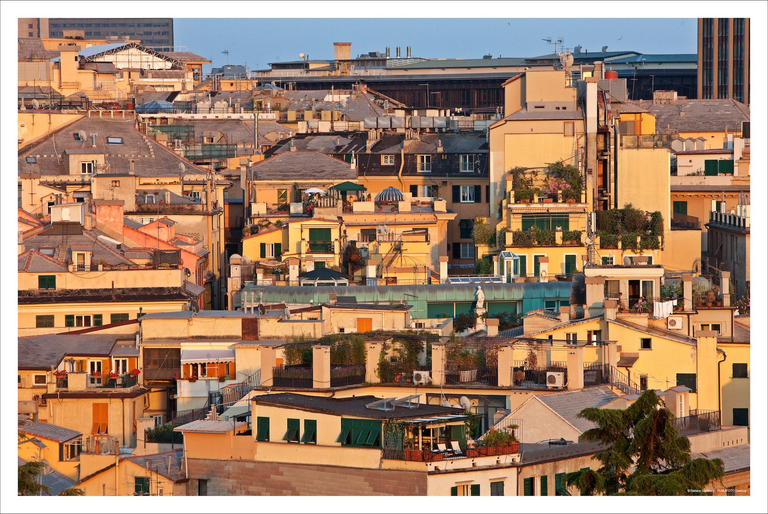
To discover the charm of ancient Genoa you have to walk and enter the "caruggi", the picturesque alleys of medieval origin and the characteristic creuze (narrow streets between walls), get lost among the beautiful streets lined with noble palaces and the small harmonious squares (Piazza delle Erbe, Piazza San Donato) dominated by ancient churches (San Donato, San Matteo).

It is no coincidence that a large part of the historic centre has been declared a World Heritage Site. There are many sites of historical interest such as the Castrum, the first urban settlement in the city dating back to the Roman and Etruscan periods, the architectural heritage is of great value with the famous Palazzo Spinola and the Palazzo Ducale, two magnificent buildings of the city through which the splendor of the ancient maritime republic is reflected.
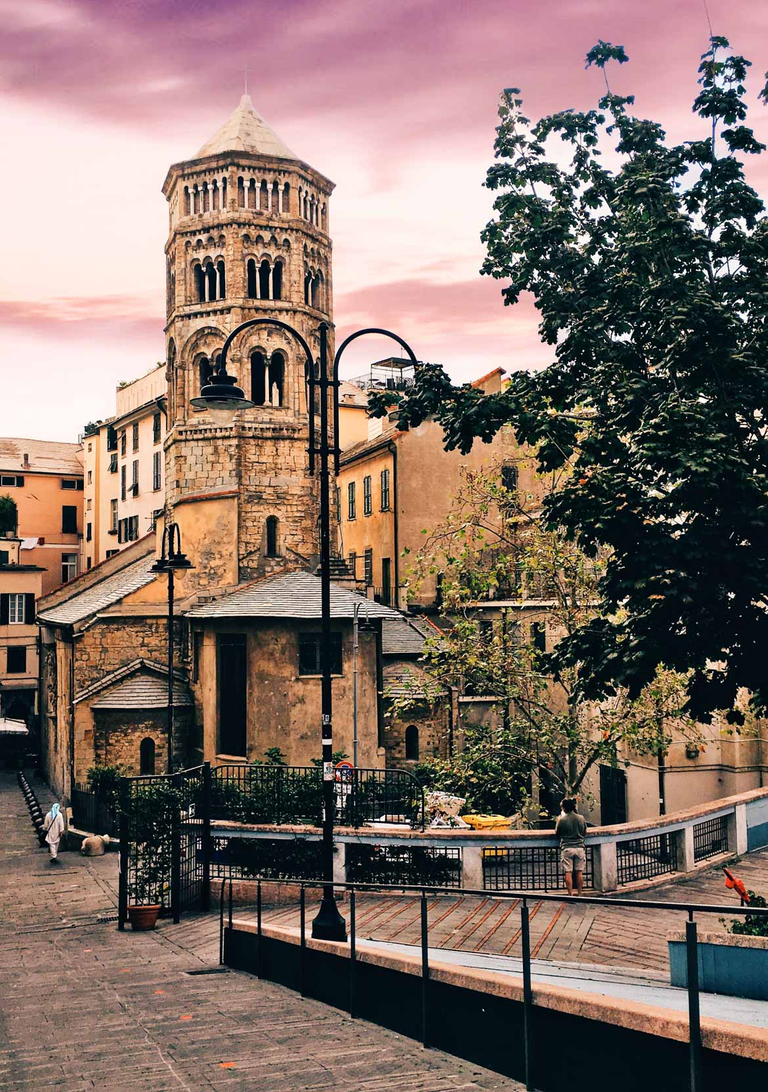
In addition, there is no shortage of leisure opportunities, as throughout the historic center there are many characteristic inns where it is possible to taste the typical dishes of Genoese cuisine, historic bars, venues where music bands perform every night and more than a hundred-year-old shops that conquer and fascinate with their charm of times gone by.
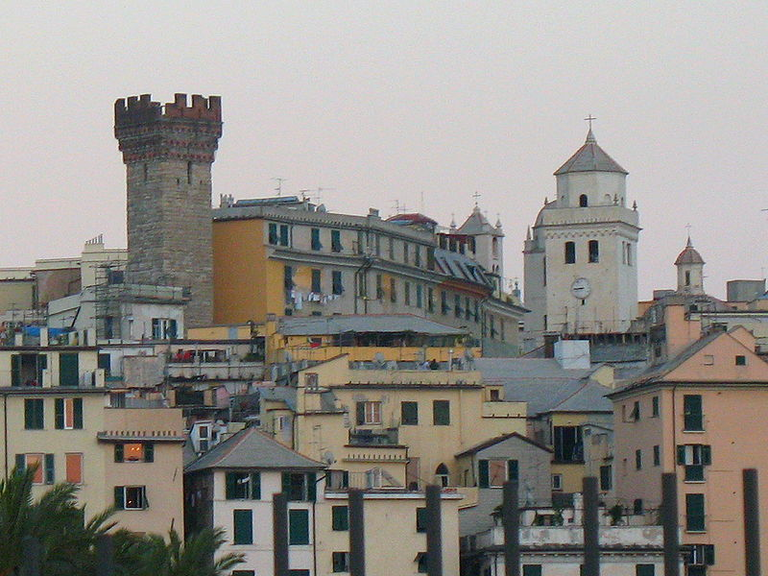
The history of the historic core of the capital of Liguria is totally linked to the history of the city, from the dawn of the construction of the first Ligurian houses on the Castello hill, to the Roman era, passing through the years of the Maritime Republic (of which the analyst Caffaro di Rustico took note of Caschifellone, known simply as Caffaro), up to the patriotic and insurrectional battles of Giovine Italia and the Carboneria of Giuseppe Mazzini.

The first hypotheses on the history of ancient Genoa, not linked to mythology or to propagandistic versions of its origins and its pre-Roman era, date back to the 17th century (for example, Odoardo Ganducio, Discourse on the inscription, our epitaph found in Tortona in marble , d'vn decurione antico genuese, 1614), but it was only with the discoveries that occurred from the end of the 19th century and the subsequent study of the discoveries that it was possible to have a clearer (albeit partly incomplete) view of the city's real past.

However, many of the publications describing the city's history up to the mid-nineteenth century did not address the problem of the location of the first settlements nor the period in which they were born[2]. Reconstructions of past centuries have not always proven accurate in the light of new discoveries and often contain errors, due to the lack of archaeological sources and/or the attempt to identify the elements of the ancient city from the more modern ones, from Genoa, visible at the time when these hypotheses were formulated.
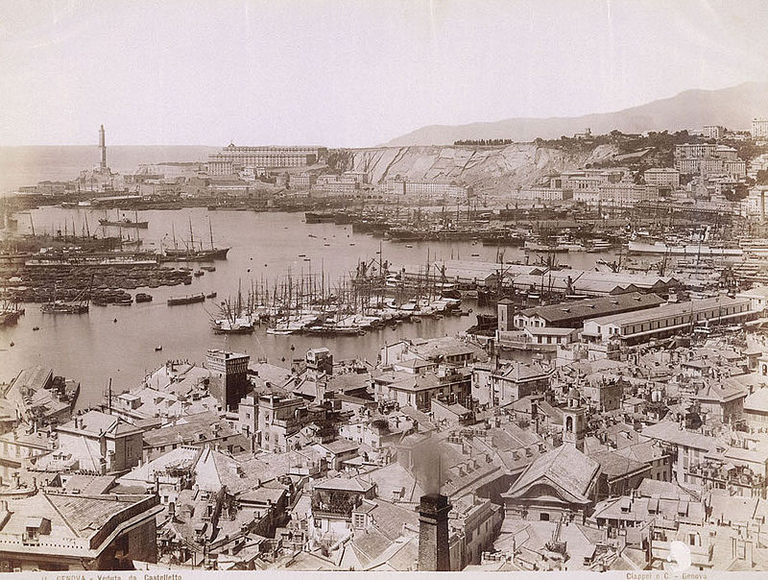
The custom of building on existing buildings (often recycling materials recovered from previous buildings, even outside Genoa), the numerous modifications and extensions of pre-existing buildings and churches carried out in periods of economic well-being and growth of the city, if not the real and proper urban revolutions caused by the growing need to improve the city's road network.
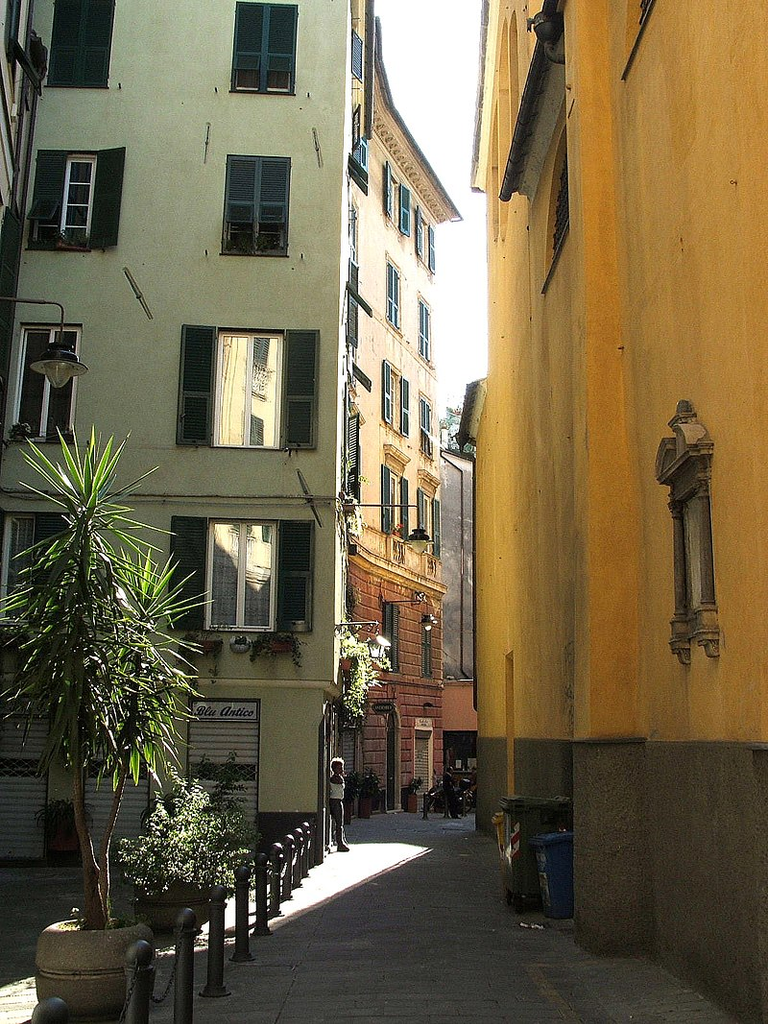
In addition to the destruction caused by French bombing in the 17th century, by the bombings caused by the Savoy repression of the independence movements in 1849 and finally by the destruction suffered at the hands of the Allies in the Second World War, which was followed by the corresponding reconstructions, the situation has become very heterogeneous, with streets and squares where, within a few dozen metres, you can find buildings separated from one another from centuries of history. Most of the old buildings that make up the historic centre date back to the 12th and 13th centuries, although they have often undergone subsequent modifications.
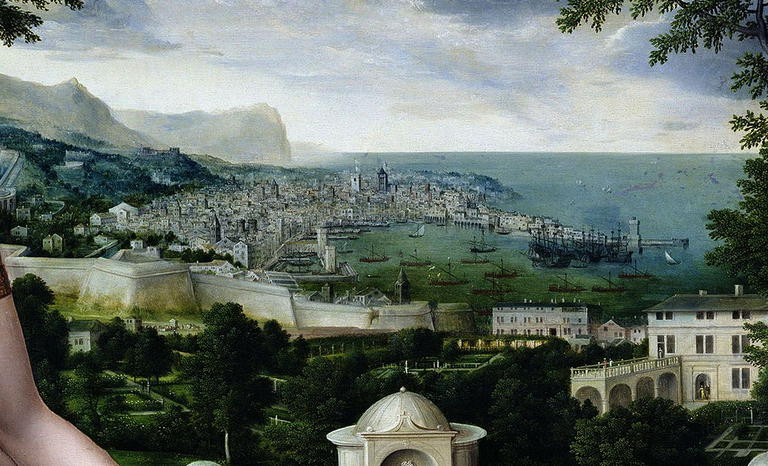
The historic centre is traditionally divided into six areas called sestieri: (Prè, Portoria, Molo, Maddalena, San Vincenzo, San Teodoro), preserving the historical imprint of the old districts of what was the capital of the Republic of Genoa. This subdivision goes beyond that which sees the municipal territory organized into more than a dozen districts (or municipalities): the six districts are currently included in the territory of Municipalities I Center East and II Center West (only for the district of San Teodoro).








0 commenti:
Post a Comment